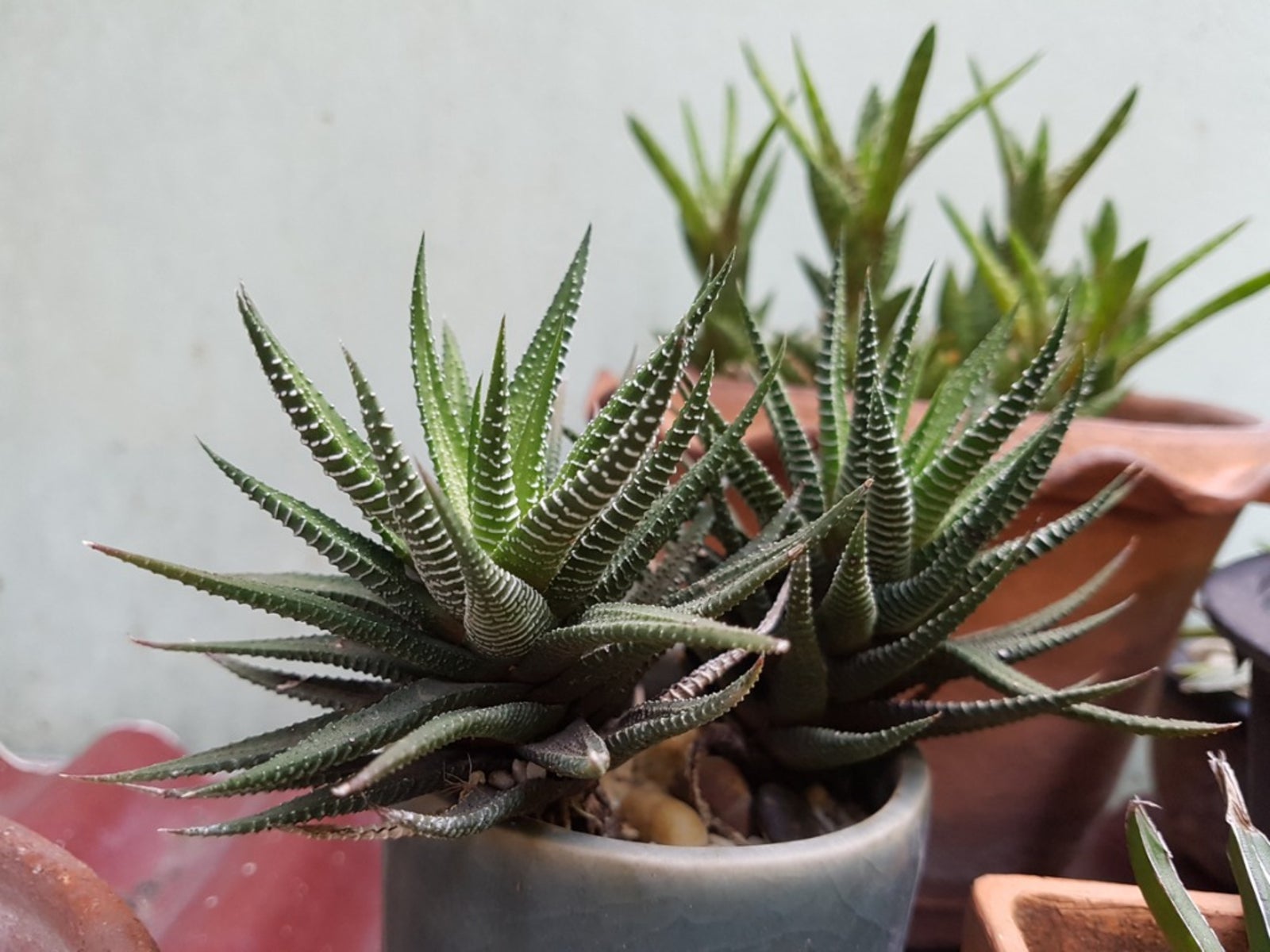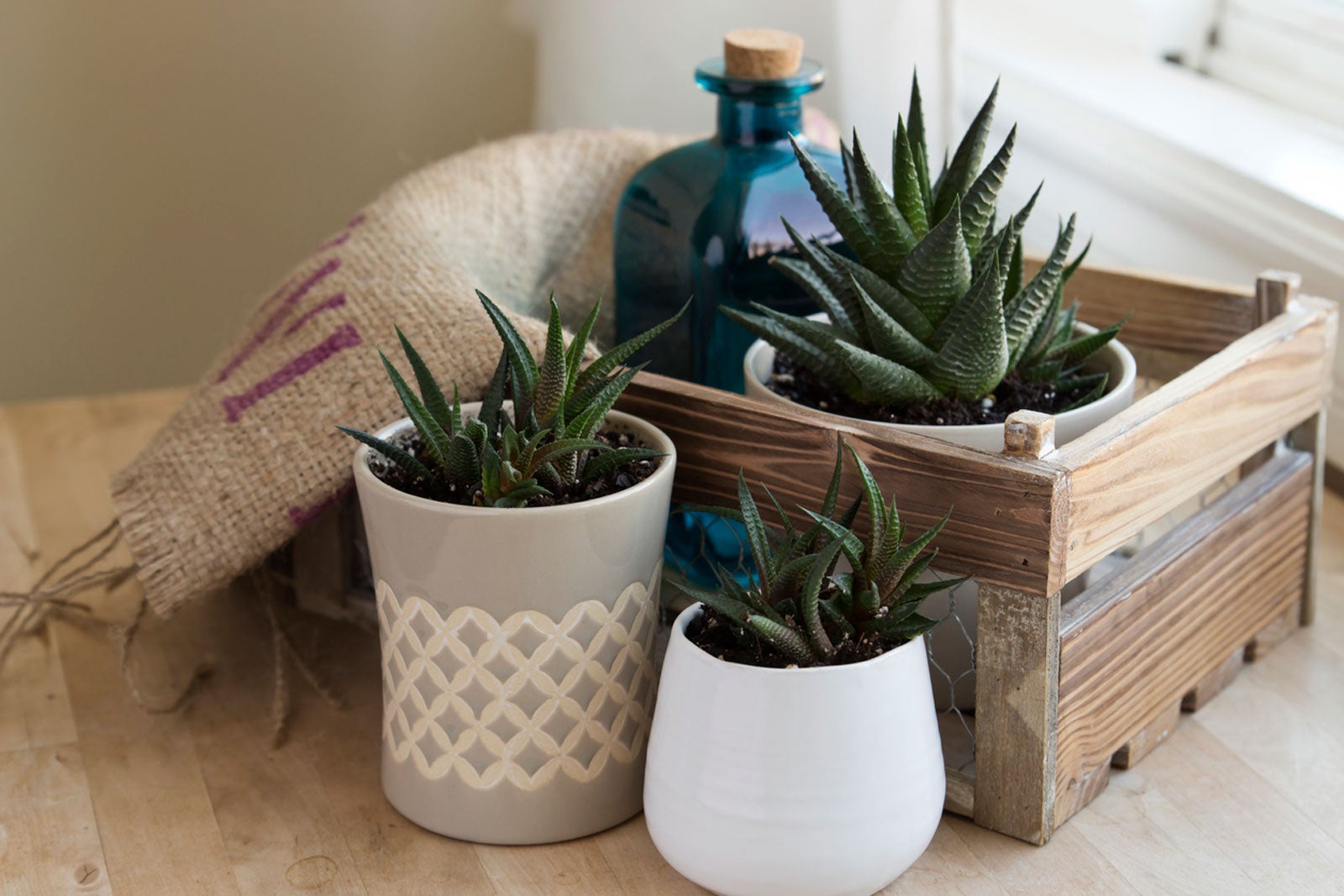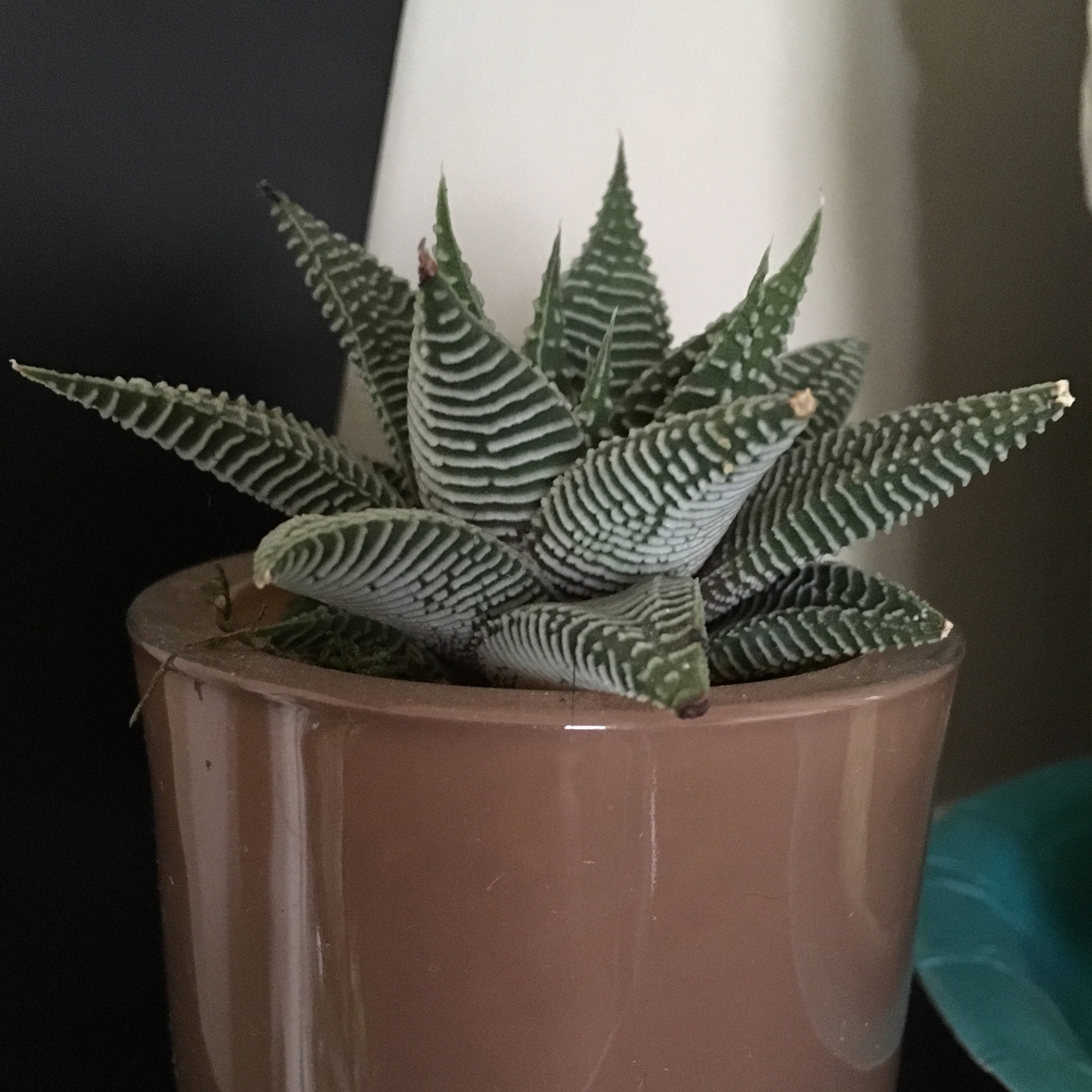How To Grow Haworthia: Information On Caring For Window Plants


Fat juicy leaves and translucent flesh are the hallmarks of Haworthia window plant. Not all Haworthia have the see-through leaves, but those that do are spectacular specimens of the genus. Learning how to grow Haworthia is relatively easy, as they are a low maintenance and hardy little plant. Caring for window plants is very much like caring for their cousins, the Aloes. For a long time, Haworthia was thought to belong to the Aloe family, but its class was reassigned in the early 1800's as a more thorough breakdown of plant genera was undertaken. Not all plants in the genera have the window pane leaves with their opaque fleshy leaves and rich, green interiors; the majority of the plants in the genus are small succulents with a low growth habit and similar cultivation requirements.
Haworthia Window Plant
The tiny succulents are native to USDA zones 9 to 11. They come in many forms, but the varieties with see-through foliage are usually comprised of thick triangular pads with an interior like the inside of a green gumdrop. Some species have a white band along the edge of the leaf and others have red tips. Haworthia care, no matter the species, is easy and minimal. They are best used in containers as interior plants but you can bring them outdoors in summer. In fact, succulent window leaved plants lend their candy-like appearance to a host of container gardening possibilities. In certain light, you can get a glimpse of the interior of window plants -- the luscious flesh that comprises these water storing succulents.
How to Grow Haworthia
If you're lucky enough to live in the warm zones, plant your window-leaved plants outside in full sun where soil is gritty and well-draining. For most gardeners, this species is limited to indoor growth. Choose a container that has excellent drainage and use a cactus mix or blend of half potting soil and half grit such as sand or perlite. The container should be shallow, as the root system on window leaved plants is not deep. Place the potted succulent in a bright area with some protection from the hottest rays of the day. Water weekly during the summer or once the top of the soil has dried out. In winter, suspend watering except once per month.
Caring for Window Leaved Plants
Haworthia has no notable pests or diseases. When soil is kept too moist, soil gnats are common. Fungal or rot issues also ensue in plants that are kept in high humidity areas, dimly lit rooms, or overwatered. Overwatering is probably the biggest cause of failure to thrive with this easy to grow plant. Keep your plant where it is 70 to 90 degrees F. (21-32 C.) for best growth. Fertilize once in fall and once in spring. Rarely, you may get one or two small white flowers if your Haworthia window plant is really happy. Repot every two to three years to keep the root system healthy and soil at its peak.
Gardening tips, videos, info and more delivered right to your inbox!
Sign up for the Gardening Know How newsletter today and receive a free copy of our e-book "How to Grow Delicious Tomatoes".

Bonnie Grant is a professional landscaper with a Certification in Urban Gardening. She has been gardening and writing for 15 years. A former professional chef, she has a passion for edible landscaping.
-
 Try The Trend – Turn Any Bed Into A Keyhole Garden With This Clever In-Ground Composter
Try The Trend – Turn Any Bed Into A Keyhole Garden With This Clever In-Ground ComposterKeyhole gardening is an efficient and sustainable practice that saves space. Get started on this DIY project quickly and easily with an in-ground composter.
By Bonnie L. Grant
-
 4 Superfast Composting Methods: Turn Waste Into Garden Gold In 30 Days Or Less
4 Superfast Composting Methods: Turn Waste Into Garden Gold In 30 Days Or LessTry the fastest composting methods to turbocharge your pile and transform kitchen scraps and garden waste into finished compost in just a few weeks.
By Mary Ellen Ellis
-
 Haworthia Propagation Guide – How To Propagate Haworthia Plants
Haworthia Propagation Guide – How To Propagate Haworthia PlantsHaworthia are attractive succulents with pointed leaves that grow in a rosette pattern. Propagating haworthia is not difficult and can give gardeners the quantity of plants they need. There are several methods of propagating these succulents. Learn about each here.
By Laura Miller
-
 Haworthia Zebra Cactus – How To Care For Zebra Haworthia Plants
Haworthia Zebra Cactus – How To Care For Zebra Haworthia PlantsMany people grow Haworthia succulents. They are available as part of unique collections and are fast becoming favorite houseplants for their ease of care. You can learn more about growing Haworthia plants in this article.
By Becca Badgett